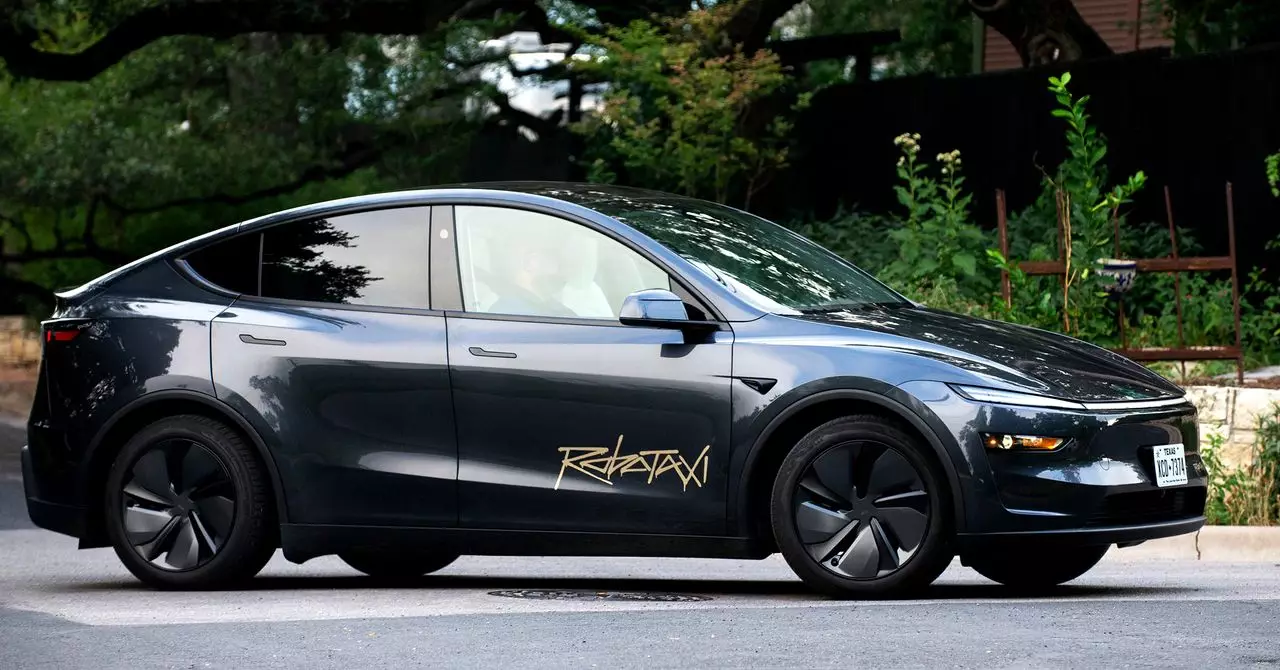Tesla’s recent announcements about launching a “robotaxi” service have ignited both excitement and skepticism across the automotive and tech communities. The company positions this initiative as a breakthrough in autonomous mobility, promising a future where self-driving electric vehicles revolutionize ride-hailing. However, beneath the ambitious veneer lies a complex web of legal constraints, regulatory loopholes, and public perception challenges. Tesla appears to be walking a tightrope—selling the vision of fully autonomous taxis while operating within a legal framework that mandates human drivers if vehicles aren’t officially approved for autonomous operation. This inconsistent messaging raises questions about the company’s true intentions: Is Tesla genuinely pushing toward full autonomy, or is it leveraging the term “robotaxi” to generate buzz and market dominance?
Tesla’s approach seems to blend audacity with strategic ambiguity. On one hand, the company states publicly that it is engaged in ongoing conversations with regulators and is complying with existing rules. On the other hand, it hints to investors and shareholders of a future where vehicles will operate autonomously, even though current licensing restricts such operations to human-in-the-loop services. This disparity contributes to a cloud of confusion around Tesla’s actual operational status, fostering assumptions that may not align with regulatory reality. It’s a calculated positioning that plays into the narrative of Tesla as a leader bending the limits of autonomy while technically abiding by regulations—though this stance could backfire as oversight bodies scrutinize its practices more intensely.
Legal Landscape and the Reality of Tesla’s Operations
Tesla’s current legal standing in California exemplifies the friction between technological aspiration and regulatory compliance. The state’s Public Utilities Commission explicitly permits Tesla to operate driver-led taxi services under specific conditions, such as transporting employees or close affiliates. However, the same commission prohibits the operation of autonomous vehicles for passenger service without full approval. This regulatory boundary remains firmly in place, meaning any “robotaxi” service involving autonomous driving technology cannot legally carry paying passengers without a human safety driver present.
What’s particularly troubling is Tesla’s apparent dual message: publicly, the company emphasizes plans for autonomous operation, yet in practice, it acknowledges that drivers will be behind the wheel during initial launches. Tesla’s statements to regulators are cautious and compliant; internally, however, the company’s communication to employees hints at an imminent “robotaxi” service that markets itself as autonomous. Critics argue this discrepancy indicates a desire to keep the company at the forefront of autonomous technology narratives, even if the legal environment does not yet support such claims.
Furthermore, Tesla’s continued use of misleading language like “Full Self-Driving” and “Autopilot” has already resulted in legal challenges and regulatory scrutiny. The company faces allegations of consumer deception, raising concerns over transparency and accountability. If Tesla proceeds with a service that suggests full autonomy while regulatory approval remains pending, it risks significant reputational damage and potential sanctions. The tension between technological prowess and legal compliance reflects a broader issue in the autonomous vehicle industry: the rush to market versus the rigorous safety and regulatory standards required for public deployment.
The Ethical Dilemma and Public Perception
Tesla’s strategy exposes an ethical quandary: should an innovative company push the boundaries even with incomplete regulatory approval, or prioritize public safety and legal integrity? The answer is inherently complex. Half-truths and ambiguous messaging can distort consumer understanding, leading to misguided safety expectations. If drivers and riders believe they are engaging with fully autonomous vehicles when, in fact, humans are required to supervise—and the regulatory body clarifies that such autonomous operation is currently illegal—the risk of accidents and legal repercussions heightens.
Trust is the cornerstone of technology adoption, particularly in autonomous systems. Tesla’s aggressive marketing and glossy promises threaten to undermine this trust if the reality does not match the narrative. Moreover, such practices could fuel public skepticism, hindering broader acceptance of robotic transportation solutions. For Tesla, the critical challenge is balancing innovation with responsibility—advancing autonomous technology while adhering to regulatory standards and maintaining transparent communication.
Ultimately, Tesla’s current approach—oscillating between regulatory compliance and promotional hype—embodies a broader debate on the pace of innovation versus safety. As the company continues to push for autonomous ride-hailing, it must reckon with the consequences of blurring the lines between experimental testing and commercial service. If the industry is to truly evolve into a safer, more efficient ecosystem, clarity, and accountability must take precedence over the allure of revolutionary hype. Tesla’s future in autonomy depends not just on technological breakthroughs but on its ability to navigate this complex moral and legal landscape.

